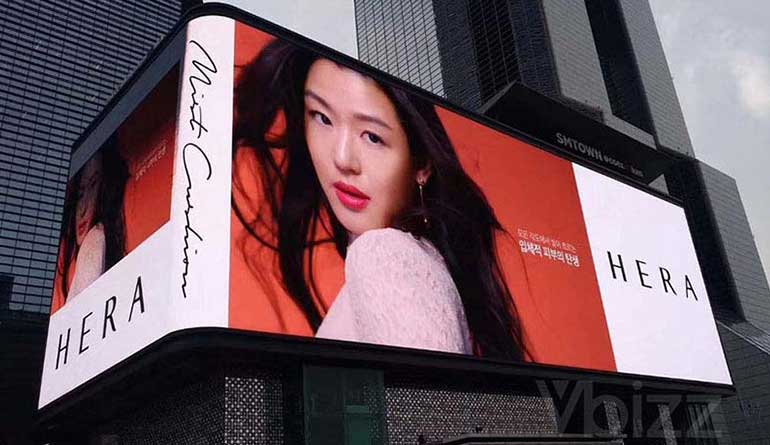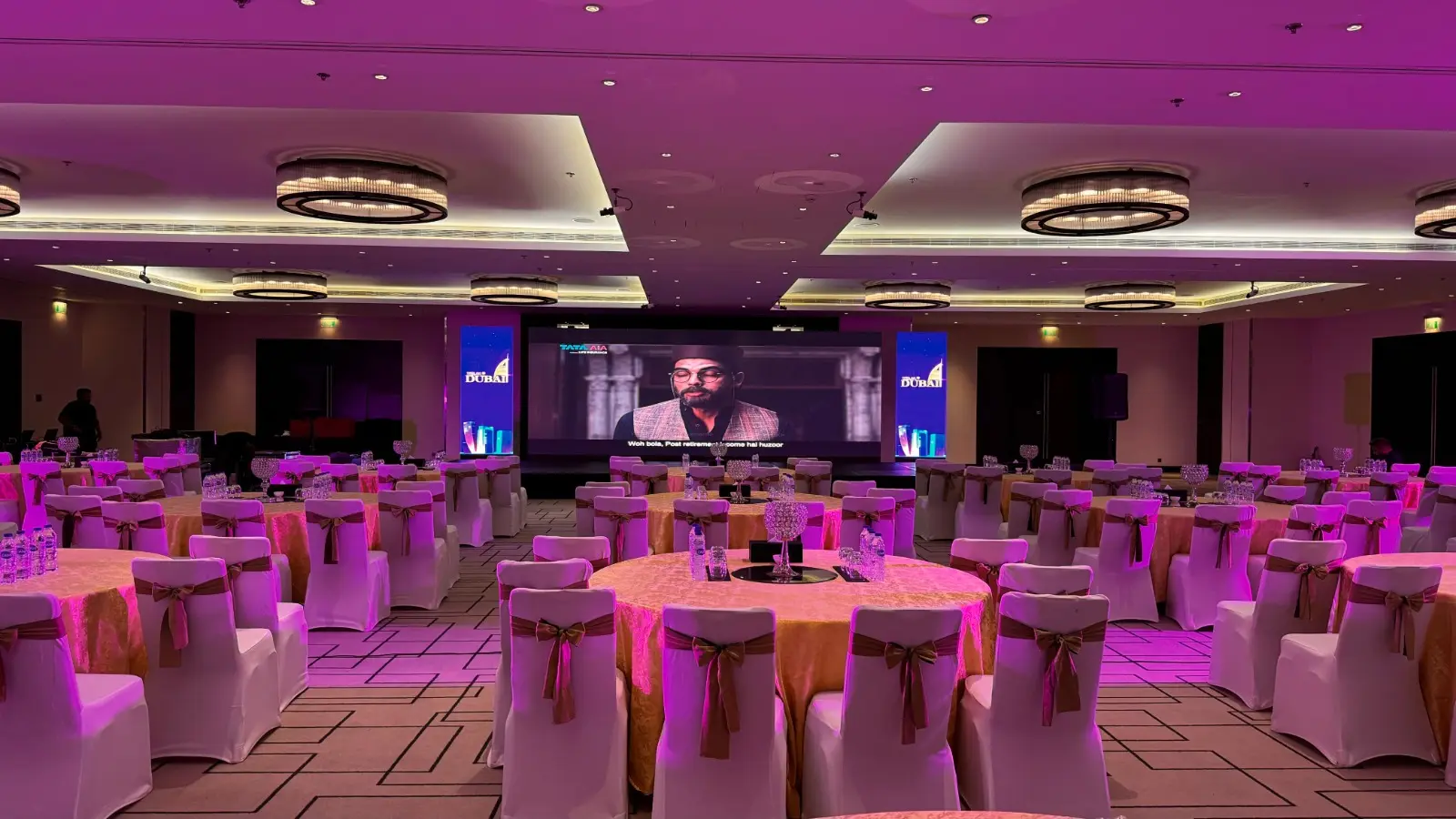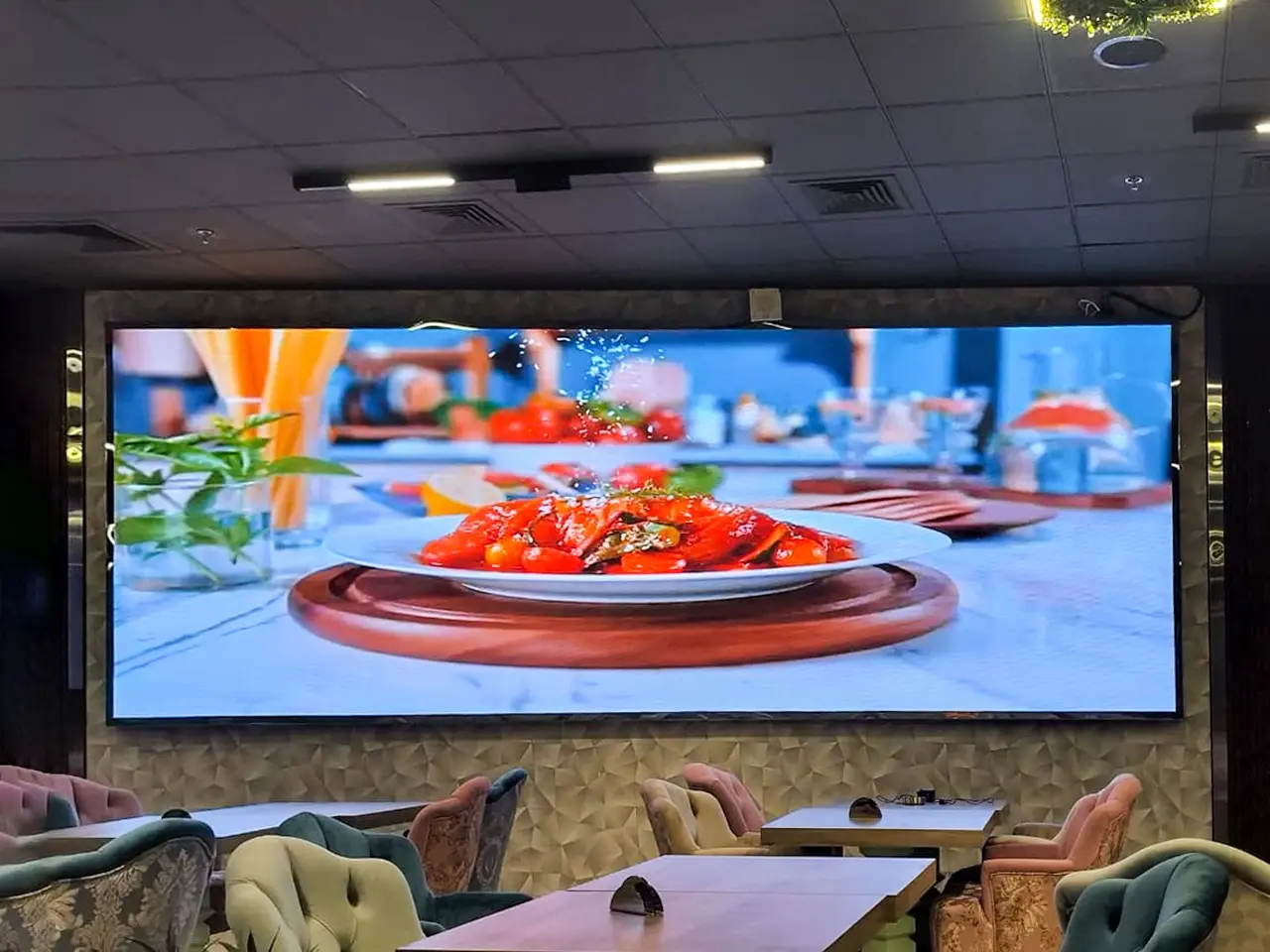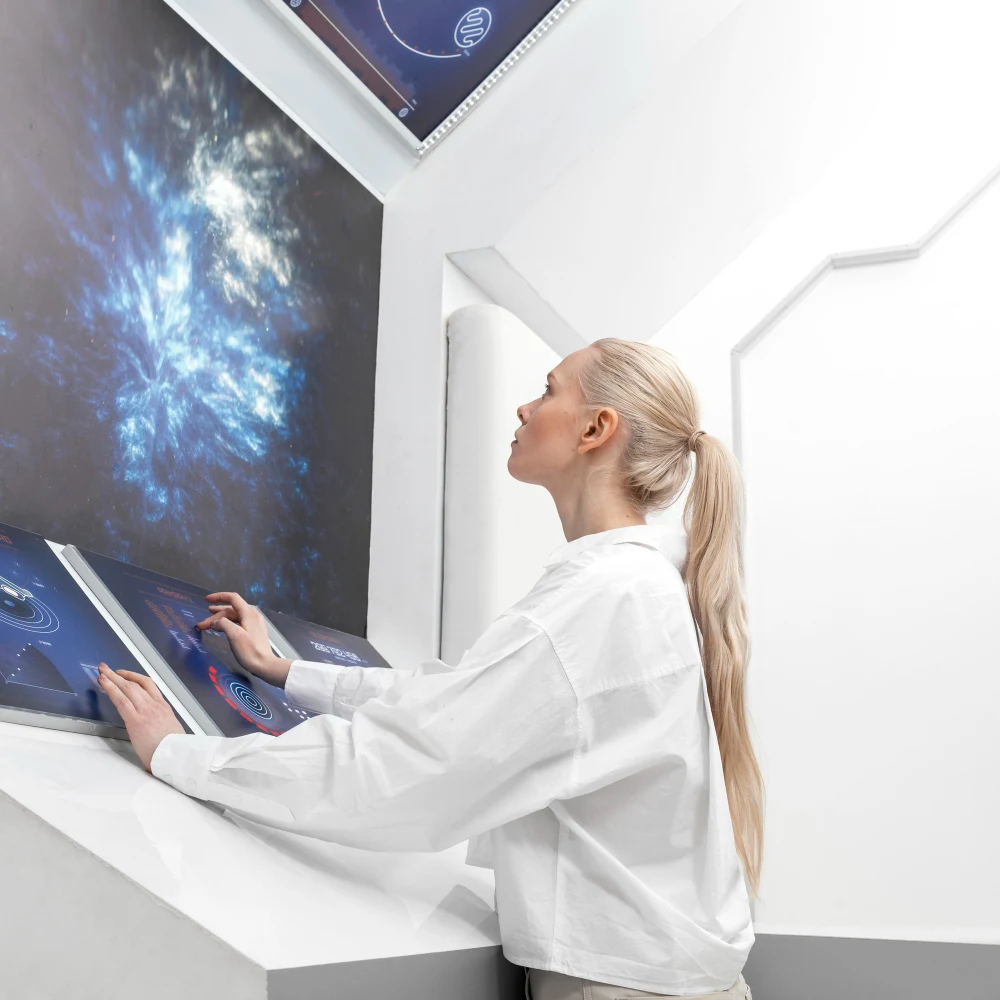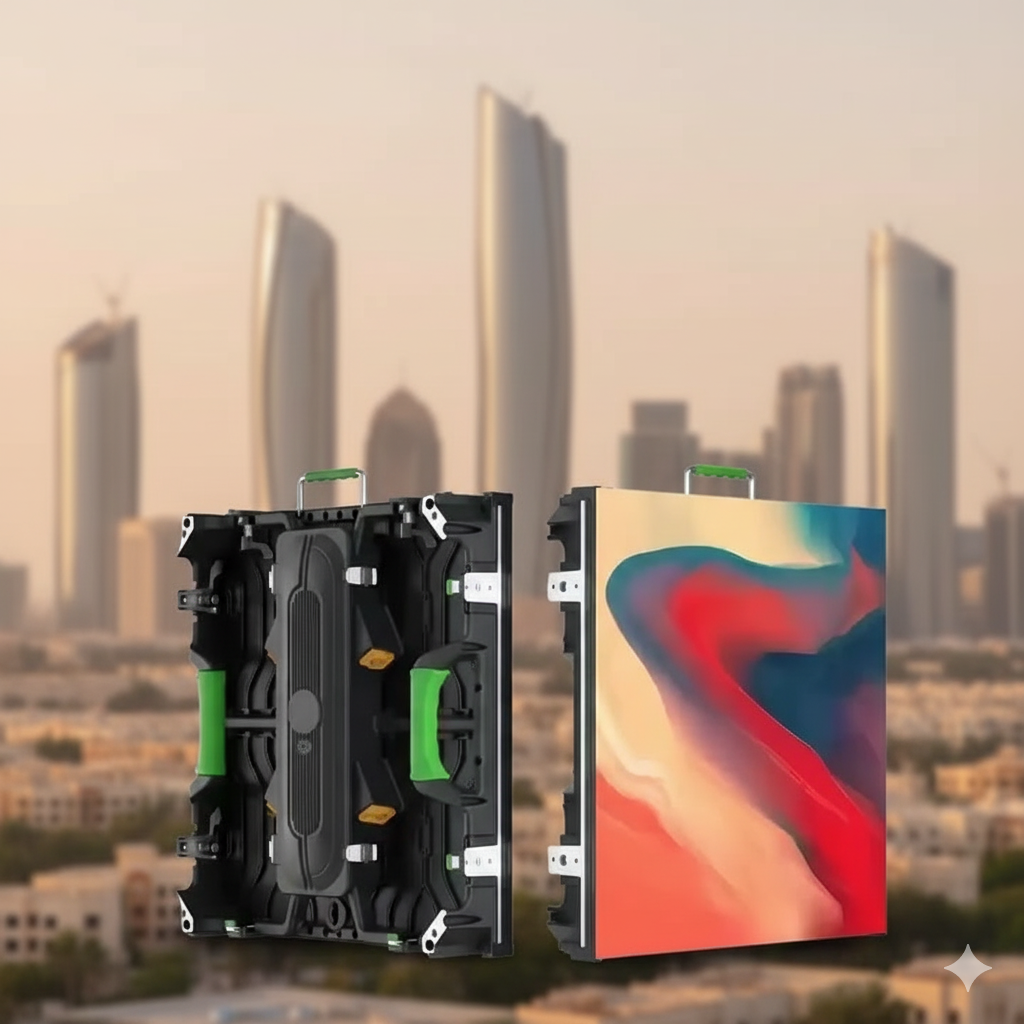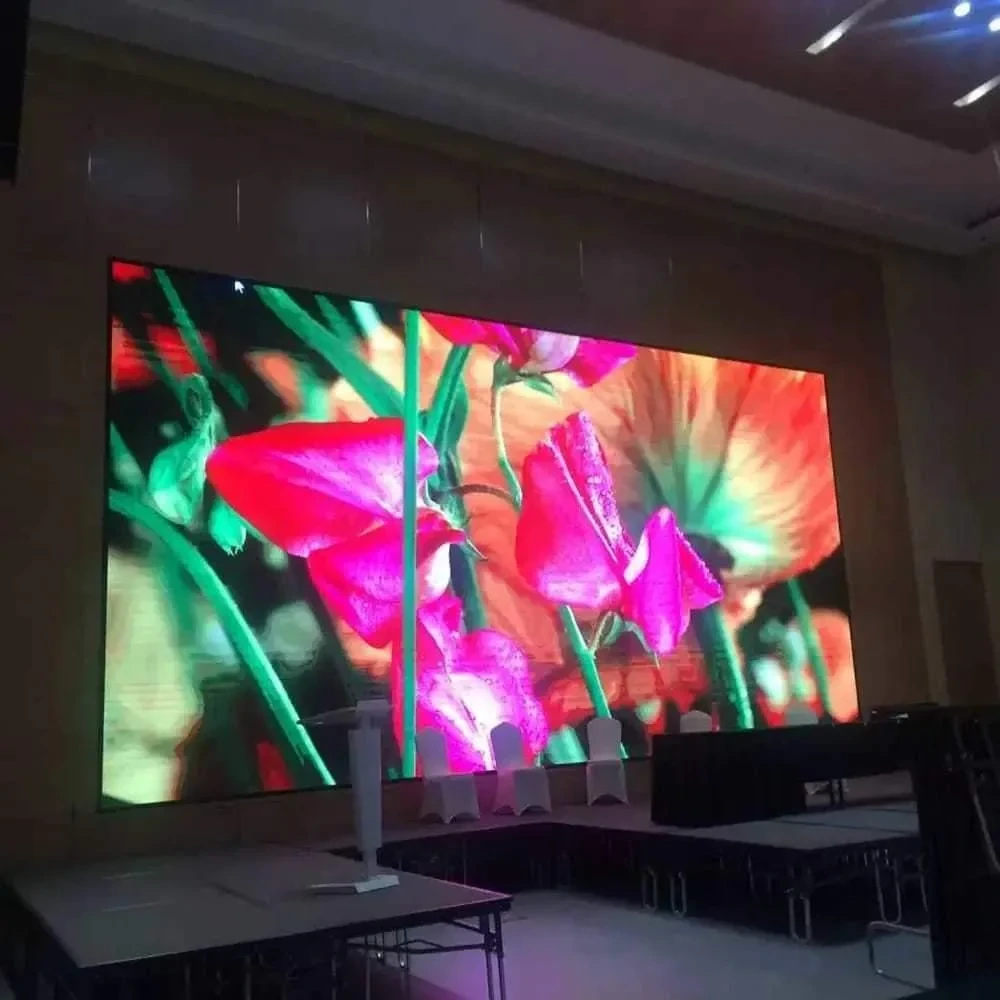Adorn LED Screen UAE: Your Partner in Creating Memorable Events with High-Quality LED Screen Rental Services.
Adorn LED Screen UAE is a company that offers indoor and outdoor LED screen rental services in the UAE, including Dubai. LED screens are a popular choice for events, exhibitions, and other marketing or entertainment purposes as they provide high-quality visuals that are easily visible from a distance.
The indoor rental LED screens offered by Adorn LED Screen UAE are perfect for use in events held indoors such as corporate events, trade shows, product launches, and conferences. These screens come in different sizes and resolutions to meet the specific needs of the event. They are designed to provide high-quality images and videos with sharp, vivid colors and high contrast.
On the other hand, the outdoor LED screens offered by Adorn LED Screen UAE are ideal for events held outdoors such as concerts, sports events, festivals, and outdoor advertising. These screens are designed to withstand the harsh weather conditions in the UAE and provide clear, high-quality visuals even in bright sunlight. They come in a range of sizes and resolutions to suit the specific needs of the event.
Adorn LED Screen UAE also provides LED video wall rental services in the UAE. LED video walls are an excellent option for creating large, high-resolution displays that can be used for a wide range of applications, including concerts, sports events, trade shows, and exhibitions. These video walls are made up of multiple LED screens that are seamlessly connected to create a larger display. They can be customized to suit the specific requirements of the event and can be configured to display a variety of content such as videos, images, and live feeds.
Adorn LED Screen UAE offers a range of LED screen rental services for both indoor and outdoor events, along with LED video wall rental services. They use the latest technology and equipment to provide high-quality, reliable solutions that can make your event a success.
LED screens are a popular choice for events and advertising because they offer several advantages over traditional displays such as projectors or LCD screens. LED screens are brighter and have a higher contrast ratio, which makes them easier to see from a distance and in bright lighting conditions. They also have a longer lifespan and are more energy-efficient compared to traditional displays.
Adorn LED Screen UAE offers a range of indoor and outdoor LED screens that can be customized to meet the specific needs of the event. The screens come in various sizes and resolutions, from small screens for intimate events to large screens for concerts and festivals. They also offer different pixel pitches, which refers to the distance between the LEDs on the screen. The pixel pitch affects the clarity and resolution of the images displayed on the screen, so it’s important to choose the right pixel pitch for the event.
LED screens, Adorn LED Screen UAE also provides LED video wall rental services. LED video walls are made up of multiple LED screens that are seamlessly connected to create a larger display. They offer high-resolution, high-contrast visuals that are perfect for events where a large, immersive display is required. LED video walls can be configured to display a variety of content, including videos, images, and live feeds.
When you rent an LED screen or LED video wall from Adorn LED Screen UAE, they provide complete setup and technical support to ensure that everything runs smoothly during the event. They also offer onsite support during the event to address any issues that may arise.
Adorn LED Screen UAE is a reliable and professional LED screen rental company that provides high-quality solutions for indoor and outdoor events, as well as LED video wall rental services. Their state-of-the-art equipment and technical expertise ensure that your event will be a success.
LED screens are a type of display that uses light-emitting diodes (LEDs) to create images and videos. LED screens offer several advantages over traditional displays. They have a higher contrast ratio, which means that they can display brighter and more vivid images. They are also more energy-efficient and have a longer lifespan compared to traditional displays.
Adorn LED Screen UAE offers a wide range of LED screens for rent, including indoor and outdoor screens. Their indoor screens are suitable for a variety of events, including conferences, trade shows, and product launches. These screens come in different sizes and resolutions to suit the specific requirements of the event. They also offer different pixel pitches, which refers to the distance between the LEDs on the screen. The pixel pitch affects the clarity and resolution of the images displayed on the screen, so it’s important to choose the right pixel pitch for the event.
Adorn LED Screen UAE’s outdoor LED screens are designed to withstand the harsh weather conditions in the UAE and provide clear, high-quality visuals even in bright sunlight. These screens are perfect for outdoor events such as concerts, sports events, and festivals. They come in a range of sizes and resolutions and are suitable for both daytime and nighttime events.
LED screens, Adorn LED Screen UAE also provides LED video wall rental services. LED video walls are made up of multiple LED screens that are seamlessly connected to create a larger display. They offer high-resolution, high-contrast visuals that are perfect for events where a large, immersive display is required. LED video walls can be configured to display a variety of content, including videos, images, and live feeds.
When you rent an LED screen or LED video wall from Adorn LED Screen UAE, they provide complete setup and technical support to ensure that everything runs smoothly during the event. They also offer onsite support during the event to address any issues that may arise. Adorn LED Screen UAE is a professional and reliable LED screen rental company that provides high-quality solutions for indoor and outdoor events, as well as LED video wall rental services. Their state-of-the-art equipment and technical expertise ensure that your event will be a success.

